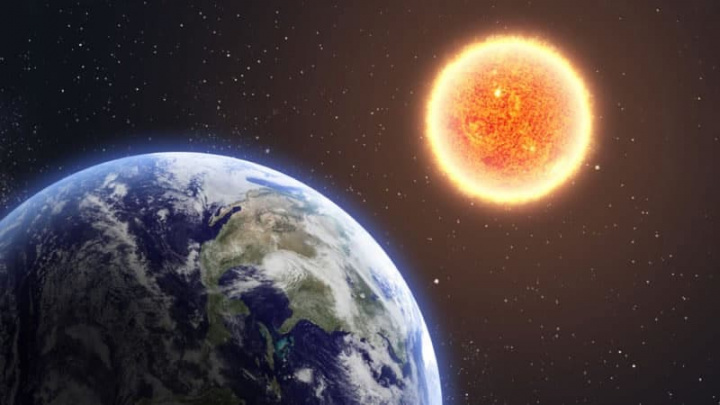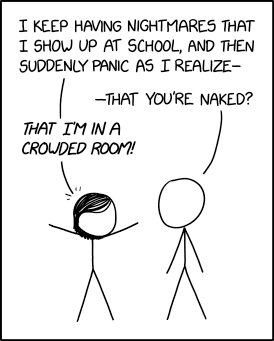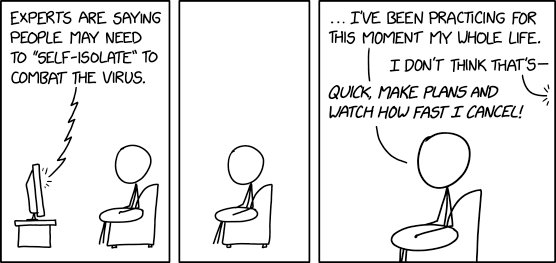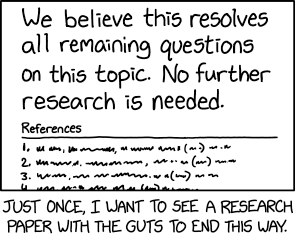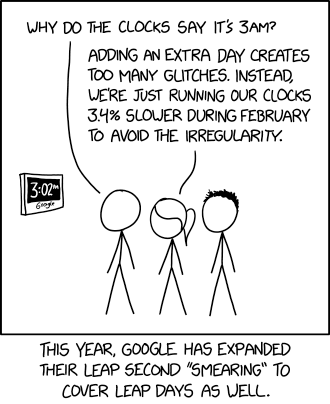Read more of this story at Slashdot.
Hugo Pereira
Shared posts
Tunguska Meteor That Blasted Millions of Trees in 1908 Might Have Returned To Space
Possible Dinosaur DNA Has Been Found
Read more of this story at Slashdot.
Astronomers Have Finally Found the Edge of the Milky Way
Read more of this story at Slashdot.
Was Magellan's Voyage Riskier Than Sending Humans to Mars?
Read more of this story at Slashdot.
The doctor who helped defeat smallpox explains what’s coming
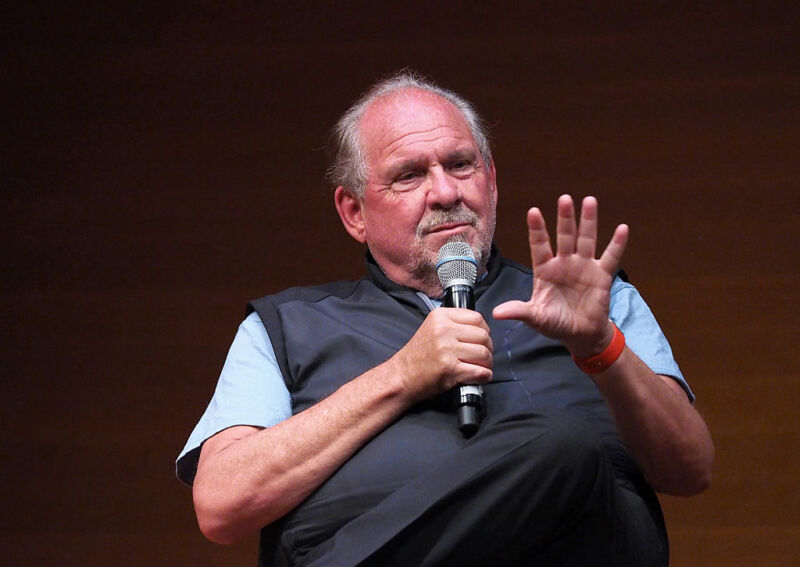
Enlarge / Producer Larry Brilliant speaks onstage at the HBO Documentary "Open Your Eyes" Special Screening At The Rubin Museum at Rubin Museum of Art on July 13, 2016 in New York City. (credit: Paul Zimmerman | Getty Images)
Larry Brilliant says he doesn’t have a crystal ball. But 14 years ago, Brilliant, the epidemiologist who helped eradicate smallpox, spoke to a TED audience and described what the next pandemic would look like. At the time, it sounded almost too horrible to take seriously. “A billion people would get sick," he said. “As many as 165 million people would die. There would be a global recession and depression, and the cost to our economy of $1 to $3 trillion would be far worse for everyone than merely 100 million people dying, because so many more people would lose their jobs and their health care benefits, that the consequences are almost unthinkable.”
Now the unthinkable is here, and Brilliant, the Chairman of the board of Ending Pandemics, is sharing expertise with those on the front lines. We are a long way from 100 million deaths due to the novel coronavirus, but it has turned our world upside down. Brilliant is trying not to say “I told you so” too often. But he did tell us so, not only in talks and writings, but as the senior technical advisor for the pandemic horror film Contagion, now a top streaming selection for the homebound. Besides working with the World Health Organization in the effort to end smallpox, Brilliant, who is now 75, has fought flu, polio, and blindness; once led Google’s nonprofit wing, Google.org; co-founded the conferencing system the Well; and has traveled with the Grateful Dead.
What We Know So Far About SARS-CoV-2
Read more of this story at Slashdot.
Medical Company Threatens To Sue Volunteers That 3D-Printed Valves for Life-Saving Coronavirus Treatments
Read more of this story at Slashdot.
Morreu o inventor do Copy/Paste e do Find/Replace
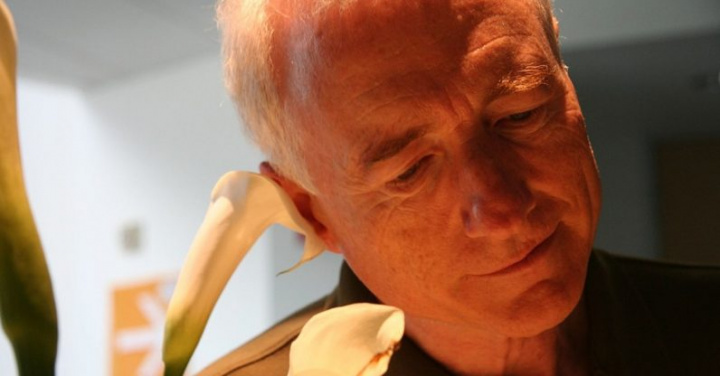
Did birds still migrate during ice ages?

Enlarge (credit: Alberto_VO5 / Flickr)
Even though it was, in most ways, identical to the present planet, the Earth still looked very different at the bottom of the last ice age 20,000 years ago. The globe was around 4°C cooler on average, and ice sheets covered large portions of the Northern Hemisphere, including Canada and Scandinavia. One thing you might wonder, given how much of the planet was barely habitable, is what migratory species did.
Given the loss of all that habitat to mile-thick glacial ice and a reduced winter-summer contrast courtesy of Earth’s orbital cycles, some researchers have hypothesized that bird migration wasn’t much of a thing then. Is it possible that bird species turned this behavior on and off through the ice ages?
A team led by Yale’s Marius Somveille tested this idea with a model of the factors controlling migratory behavior—and it predicts patterns surprisingly similar to the present day.
Dark Mode vs. Light Mode: Which Is Better?
Read more of this story at Slashdot.
A New Implant For Blind People Jacks Directly Into the Brain
Read more of this story at Slashdot.
NASA Brings Voyager 2 Fully Back Online, 11.5 Billion Miles From Earth
Read more of this story at Slashdot.
An 'Anti-Solar Panel' Could Generate Electricity At Night, Researchers Say
Read more of this story at Slashdot.
Parker Solar Probe Reports Successful Record-Setting Fourth Close Encounter of the Sun
Read more of this story at Slashdot.
How to virtually block a road: Take a walk with 99 phones
Ninety-nine used smartphones, rolling down a sunny street...
It turns out, if you're creative enough, you can use one of the most common of childhood toys to make Google Maps display false real-time data. All you need is a little red wagon—and a hundred cheap smartphones.
The little red wagon full of phones is the idea of German artist Simon Weckert, whose projects focus on "hidden layers" in technology and examine the social and moral effects of the modern electronics-based lifestyle.
Google Maps determines congestion by gathering the location and motion speed of phones in a given area. Generally speaking, those phones are going to be in the road because they're with drivers, inside vehicles, and so measuring the phones' speed is a reasonably decent proxy for measuring vehicle speed. Those data points, aggregated, make a road look green on the map if traffic seems to be moving smoothly, or they look red on the map if traffic appears to be severe. When traffic is severe, the map's navigation software will reroute drivers around the congestion when possible.
New “Off-Facebook Activity” portal lets you know where you’re being followed
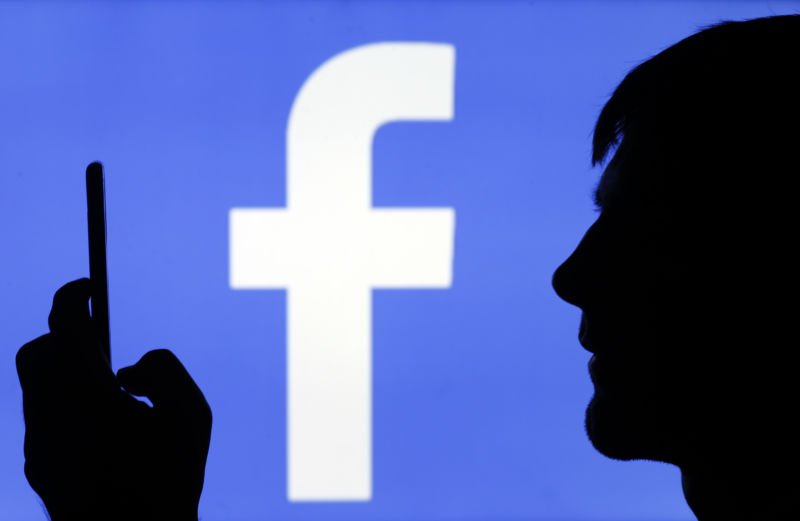
Enlarge / The Facebook logo is displayed on a TV screen on September 9, 2019, in Paris, France. (credit: Chesnot | Getty Images)
After years of promising increased transparency, Facebook is getting granular and showing you how it picks up and mashes together data about you from other companies. Facebook's new tool is indeed illuminating when it comes to getting a glimpse at who tracks you (spoiler: everyone). Its promises to give you a measure of control over the process, however, fall short.
Facebook this week launched an Off-Facebook Activity portal to give users a different and more detailed perspective on the data it hoovers up from other firms. Off-Facebook Activity is exactly what it sounds like: interactions you have with other entities, such as an app on your phone or a retailer you shop at, that Facebook receives data about. Facebook attaches that data to the rest of the information it has about you and uses it for marketing purposes.
Here's how Facebook itself describes the process:
Bioplastics continue to blossom—are they really better for the environment?

Enlarge / Spilled garbage on the beach off the Black Sea in Bulgaria. (credit: iStock / Getty Images Plus)
The English metallurgist Alexander Parkes never saw the widespread realization of his spectacular 19th-century invention, celluloid, the first plastic. While a revolutionary breakthrough, Parkesine, as it was called, was expensive and brittle. It was used in objects like buttons and combs, but ultimately quality control issues led Parkes’ company to bankruptcy in 1868 just 12 years after the discovery.
Parkesine, however, was also the first bioplastic—a plastic made from renewable plant material instead of fossil fuels. And today with the environmental impact of plastics increasingly on the public mind, bioplastics are making a big comeback. They’re proposed by some as the solution to beaches deluged with plastic and fish bellies stuffed with bottle caps. And perhaps bioplastics can replace oil-based polymers that commonly trash oceans with materials that can break down more easily and would protect a planet already smothered in these resilient substances.
Bioplastic items already exist, of course, but whether they’re actually better for the environment or can truly compete with traditional plastics is complicated. Some bioplastics aren’t much better than fossil fuel-based polymers. And for the few that are less injurious to the planet, cost and social acceptance may stand in the way. Even if widespread adoption of bioplastics occurs down the line, it won’t be a quick or cheap fix. In the meantime, there is also some pollution caused by bioplastics themselves to consider. Even if bioplastics are often less damaging than the status quo, they aren’t a flawless solution.
How a Chunk of Human Brain Survived Intact For 2600 Years
Read more of this story at Slashdot.
The latest generation of climate models is running hotter—here’s why

Ahead of every Intergovernmental Panel on Climate Change (IPCC) report, the world’s climate modeling centers produce a central database of standardized simulations. Over the past year, an interesting trend has become apparent in the most recent round of this effort: the latest and greatest versions of these models are, on average, more sensitive to CO2, warming more in response to it than previous iterations. So what’s behind that behavior, and what does it tell us about the real world?
Climate sensitivity is one of the most-discussed numbers in climate science. Its most common formulation is the amount of warming that occurs when the concentration of CO2 in the atmosphere is doubled and the planet gets a century or two to come to a new equilibrium. It's an easy way to get a sense of what our emissions are likely to end up doing.
In climate models, this number is not chosen in advance; it emerges from all the physics and chemistry in the model. That means that as modeled processes are updated to improve their realism, the overall climate sensitivity of the model can change. As results have trickled in from the latest generation of models, their average climate sensitivity has noticeably increased. A new study led by Mark Zelinka of the Lawrence Livermore National Laboratory analyzes these new model simulations, comparing their behavior to the previous generation.
Peter Kirstein, Father of the European Internet, Is Dead At 86
Read more of this story at Slashdot.
'Parallel Reality' Display Debuts At CES
Read more of this story at Slashdot.
What Fossils Will Modern-Day Civilization Leave Behind?
Read more of this story at Slashdot.
Turn-by-turntables: How drivers got from point A to point B in the early 1900s
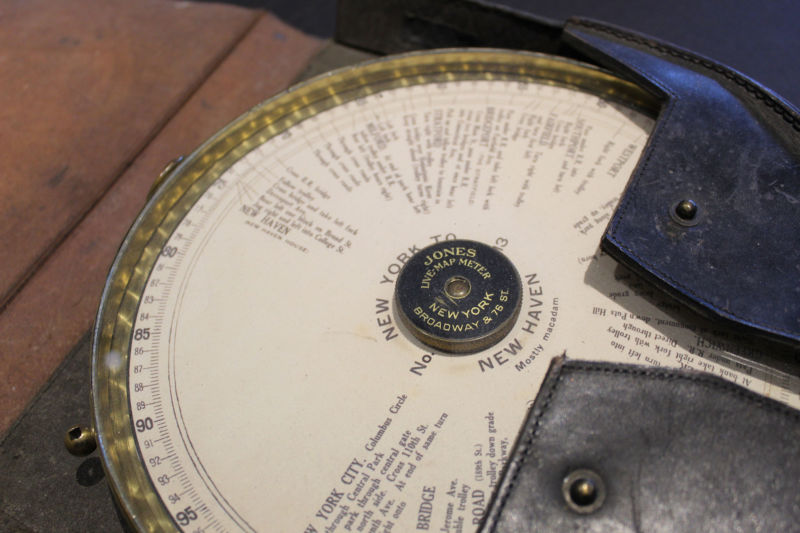
Enlarge / The Jones Live Map was an early 20th century attempt at turn-by-turn navigation. (credit: Seal Cove Auto Museum)
It’s easy to take modern GPS navigation for granted; it’s no longer a novelty. Not only is it offered on the dashboard of your car, it’s on every smartphone in everyone’s purse or pocket. But if you think in-car navigation systems started with Garmin in 1991, guess again.
The more savvy amateur car historians might think in-car navigation began with the Etak Navigator. The brainchild of engineer Stan Honey and financier Nolan Bushnell (the cofounder of Atari), Etak was launched in 1985 without use of the US Military’s Global Positioning System—the addition of GPS wouldn’t happen for another decade. Yet Etak paved the way for the systems that followed, using digitized maps stored on cassette tapes since they could resist a bumpy car ride or the heat of a car interior on a hot day. Information was posted on a vector-based CRT screen. Each tape held 3.5MB of map data. A windshield-mounted electronic compass mated to wheel sensors to determine the vehicle’s speed and direction. Two models were offered: the 700, with a 7-inch screen for $1,595, and the 450, with a 4.5-inch screen for $1,395. Map cassettes cost $35 each. Initially offered only with San Francisco-area maps, Etak soon offered other major metro areas, with installation provided by local car stereo and cell phone shops.
Initially successful, sales inevitably slumped. In 1989, Etak was purchased by News Corporation for $25 million, followed by Sony Corporation and others before being absorbed into Tom Tom.
Hoje a Terra atinge a sua velocidade máxima: 110.700 Km/h
